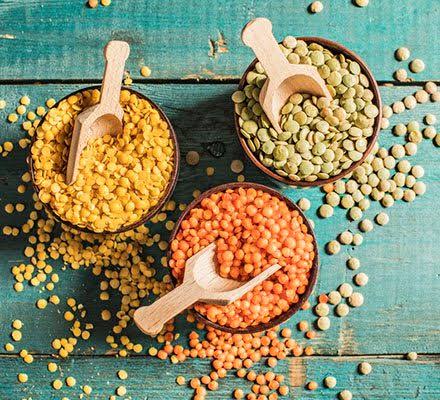Rizwana Warsi
October 07, 2023
"Understanding Antinutrients in Cereals and Legumes" A cornerstone of many d…
Rizwana Warsi
October 07, 2023
Netanyahu declares Israel "at war" after a surprise attack from Gaza by Hama…
Rizwana Warsi
October 07, 2023
McCarthy denies Congressional Departure Reports House Minority Leader Kevin McCarthy h…
Rizwana Warsi
October 07, 2023
A report reveals the relationships between the US Nutrition Panel and major food compa…
Rizwana Warsi
October 07, 2023
Microsoft's Future AI Chip Could Change GPU Costs Innovation is key in the rapidl…
Rizwana Warsi
October 07, 2023
Reduce Midlife Spread with Easy Food Swaps: Carrots vs. Sweetcorn and More" Main…
Rizwana Warsi
October 07, 2023
'The View' host Anne Hathaway made a political fashion statement in a Mahsa Am…
Nature and Sports
Food and Fashion


.jpeg)
.jpeg)

.jpeg)

.jpeg)
.jpeg)
.jpeg)

Social Plugin